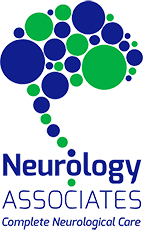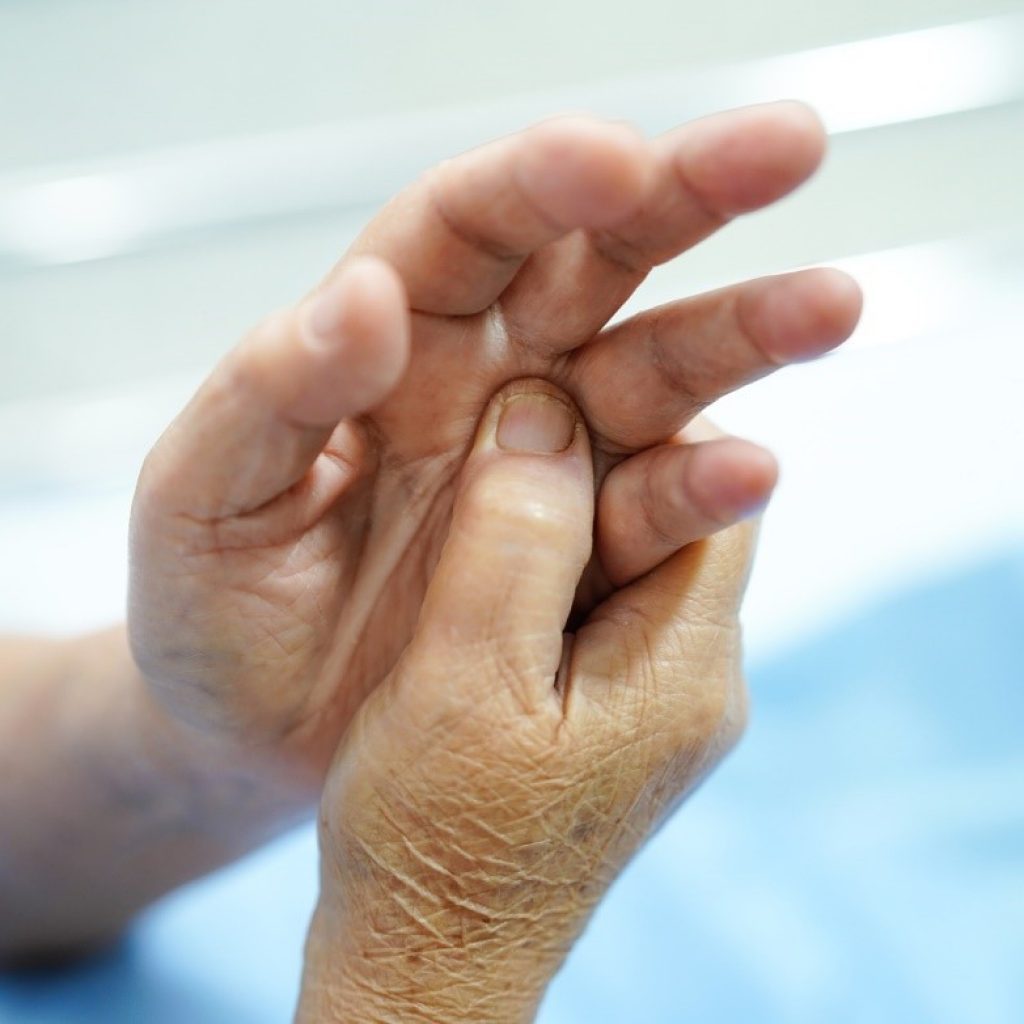Essential Tremor: Overview, Treatments, and New At Home Management
At some point in our lives, we have experienced an uncontrollable shake in the hands, a stressed quiver of the voice, or contractions of the muscles in our legs. However, essential tremor is a neurological disorder with a range of disabling symptoms. These symptoms can include tremors in the hands that impair a person’s ability to perform normal simple tasks (like being able to eat or write), to more complex tasks such as functioning in the workplace.
Essential tremor is a common movement disorder that is estimated to affect 3% of the population. With no known cure, early detection, diagnosis, and treatment with an experienced physician—such as neurologist of Leesburg, Virginia, Dr. Sarbjot Dulai—is of the utmost importance. Once a diagnosis is made, Dr. Dulai can then create the best treatment plan to help a patient get back to living their best life!
Overview of Essential Tremor
Essential tremor is a neurological disorder that is known for the involuntary rhythmic shaking it causes of the hands, head, voice, and legs. However, it can cause involuntary shaking of almost any part of the body, and unfortunately the symptoms of the disorder can worsen over time.
While the cause of essential tremor is unknown, a link between essential tremor and genetics has been found. Children of parents with the disorder have a 50% chance of developing essential tremor later in life.
Signs and symptoms of essential tremor can include:
- Tremors, most noticeable when moving
- Caffeine and other medications that make your tremors worse
- Tremors that have worsened with age
- Tremors that are different on each side of the body, not uniform
- Tremors in your hands, causing difficulty when using your hands (when holding items, or writing)
- Quivering sound or shaking in your voice when speaking
- Uncontrollable movement of the head, back and forth or side to side
- Tremors in your legs, and in rare cases your feet.
It is important to keep a list of your symptoms for your doctor. Some of these symptoms can be confused with Parkinson’s disease. When people think of shaking, they think of Parkinson’s disease. However, Parkinson’s and essential tremor are quite different. Essential tremor symptoms are mostly seen during actions (when writing, eating, speaking), while Parkinson’s tremors are usually seen when the body is relaxed. Being able to give your neurologist in Leesburg, Virginia your family history, your medical history, and a list of the symptoms you are experiencing can help your doctor be able to save precious time in diagnosing you and getting your treatment plan started with minimal disruption to your life.
Treatment of Essential Tremor
Depending on each patient’s case of essential tremor, treatment can vary. Essential tremor can be treated with:
- Therapy: Physical therapy can help improve muscle strength, control and coordination. While occupation therapists can help with adaptive devices that reduce the effects of tremors during daily activities, for example—wrist weights or heavier utensils.
- Medication: Beta blockers, anti-seizure medications, tranquilizers, and even Botox injections are used to help treat mild to severe cases of essential tremor.
- Surgery: For the patient that is severely disabled by essential tremor and is not responding to the other treatment options, there is surgery. There are 2 common types of surgery to help treat essential tremor. Deep brain stimulation refers to a procedure that inserts a thin electrical probe into the part of the brain (the thalamus) that is causing the tremors. A wire from that probe runs under the skin to a device in the chest, much like a pacemaker, that sends (painless) electrical impulses to interrupt signals from the thalamus that may be causing the tremors.
Recently in 2022, a collaborative project of researchers at the University of Queensland created a wireless remote care platform so that many neurological disorders, such as essential tremor, can be managed at home. This digital platform allows patients and their doctors to monitor or adjust the device inserted in a patient during a deep brain stimulation procedure. This system can offer even more personalized treatment for patients and their caregivers while in the comfort of their own homes, or on the go and traveling.
The 2nd type of surgery is noninvasive. Focused sound waves that generate heat are sent through the skin and skull to neutralize brain tissue in a specific area of the thalamus in an attempt to stop the tremors. A surgeon does this with the help of an MRI or magnetic resonance imaging to send the sound waves to the correct spot with the exact amount of heat needed for the procedure.
One or more of these treatments can be used in combination to treat essential tremor.
Get Relief from Essential Tremor
If you or a loved one are suffering from any of the above symptoms, do not hesitate to make an appointment today with a local Leesburg neurologist. Dr. Sarbjot Dulai can make the right diagnosis for you, work with you to find the right treatment plan that fits you and provide relief to enhance your quality of life. The doctor can be reach at Neurology Associates, phone number (703) 726-6393, to schedule a consultation.







